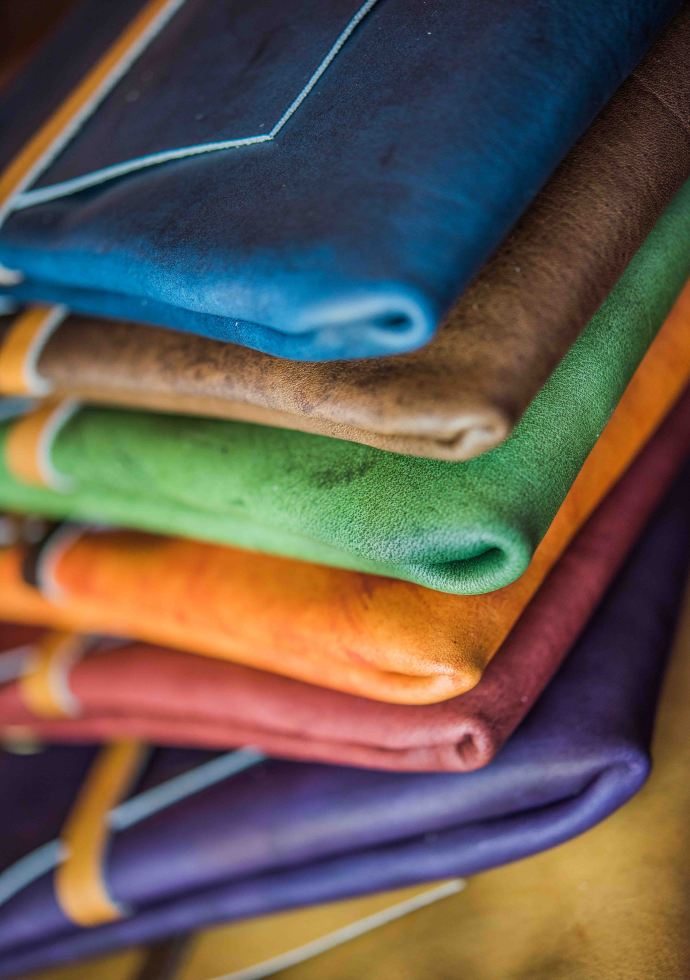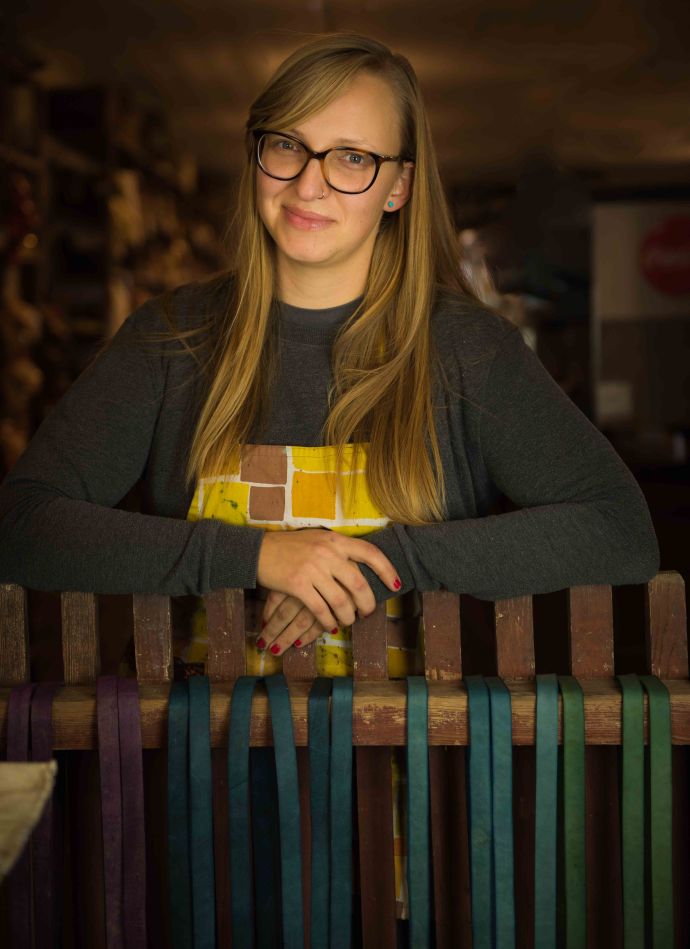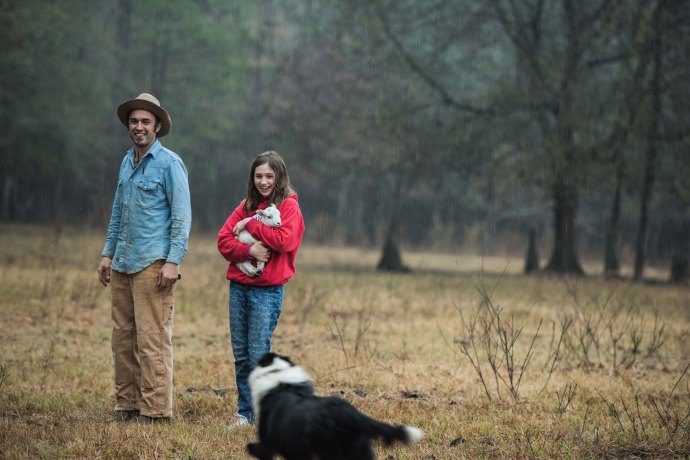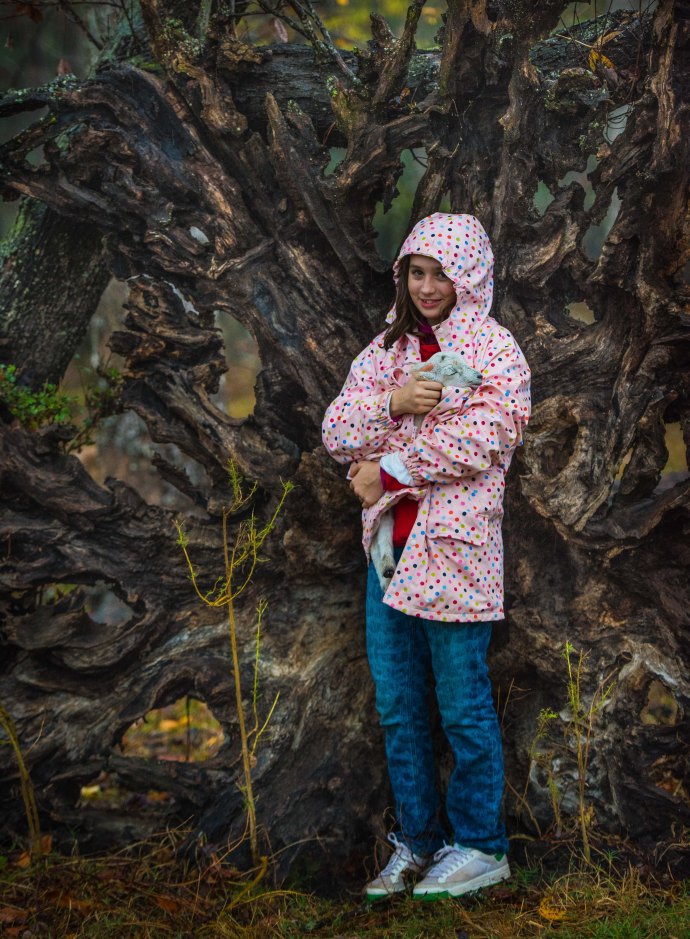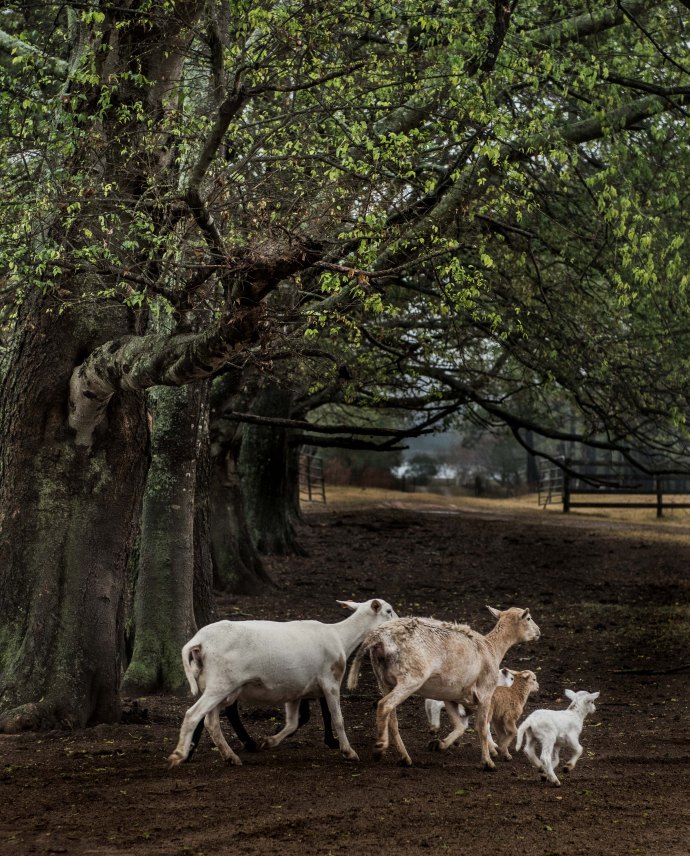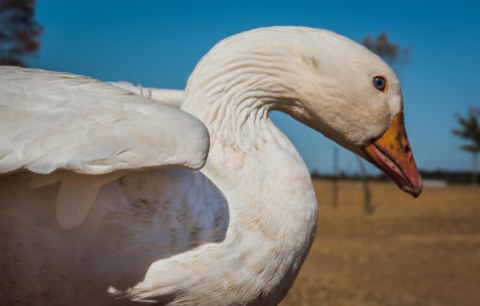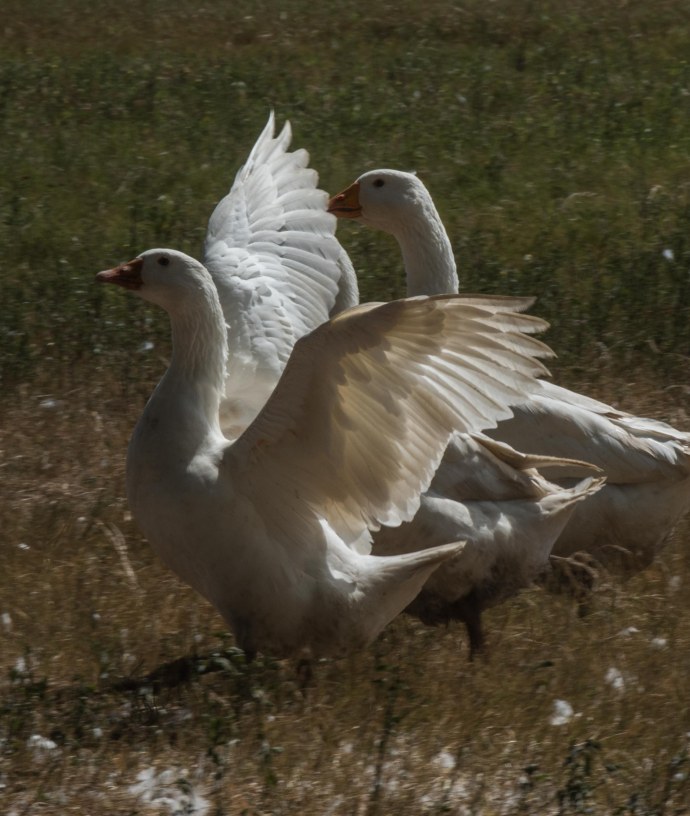
If you visit our General Store in Bluffton you’ll notice our leather workshop tucked in the back corner. Our leather crafter Alena works here daily and has hand-made almost every leather product on our shelves. Alena grew up in the Ukraine and spent most of her childhood in her grandmother’s garden. There she developed a deep connection with agriculture and the natural world.

Once she realized it was possible to turn the outdoors into a career and a lifestyle, Alena began focusing on gaining experience and worked in Ching Animal Sanctuary, the Utah Conservation Corps and the Alaska Forest Service. She hopes to work her own farm in the future and also educate high school age teenagers about agricultural career options.
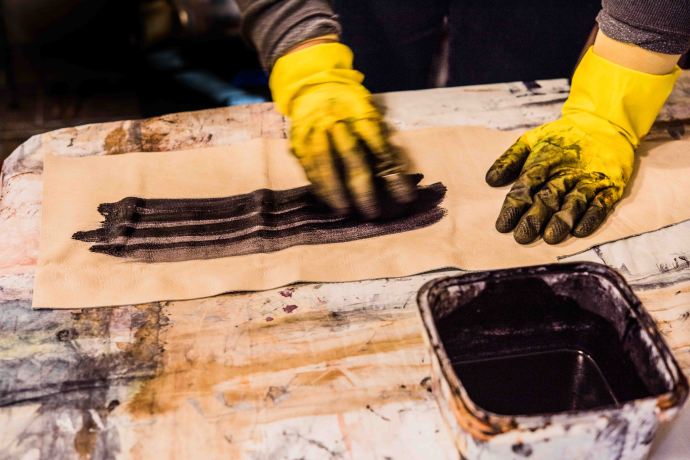
Alena applied to White Oak Pastures as an intern in the Garden Program. While working in the garden, Alena listened to the Farmer to Farmer podcast. This podcast highlighted the opportunity for value-added product creation in the farming off-season. Alena hopes to work with value-added products such as leather with her own farm and saw the White Oak Pastures leather crafting position as an opportunity to learn a life-long skill.
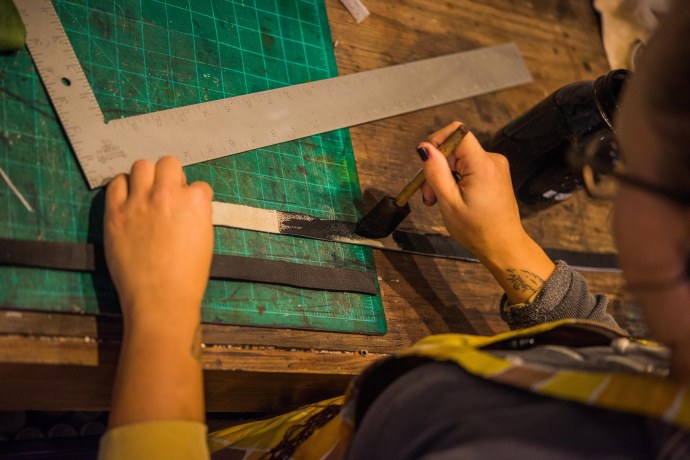
While Alena’s background in photography lent her a visual eye, she has never worked with her hands in a craft like this before. However, she applied her hard work ethic and artistic eye and grew the leather department immensely. Alena finds it very rewarding to “experience what goes in to developing and expanding a business”.
 The most gratifying aspect of her job is the “appreciation from people who get the products I make with my own two hands”. Alena finds it “satisfying to see something that I made from start to finish that people are using”.
The most gratifying aspect of her job is the “appreciation from people who get the products I make with my own two hands”. Alena finds it “satisfying to see something that I made from start to finish that people are using”.
A difficult part of her job is performing repetitive tasks while still maintaining attention to detail. Working with hair-on leather is also very hard and she will occasionally get “hair splinters”. Our leather is very thick and working with it can be quite time consuming. There is also a fair amount of problem solving regarding stitching and cutting since each hide is unique.
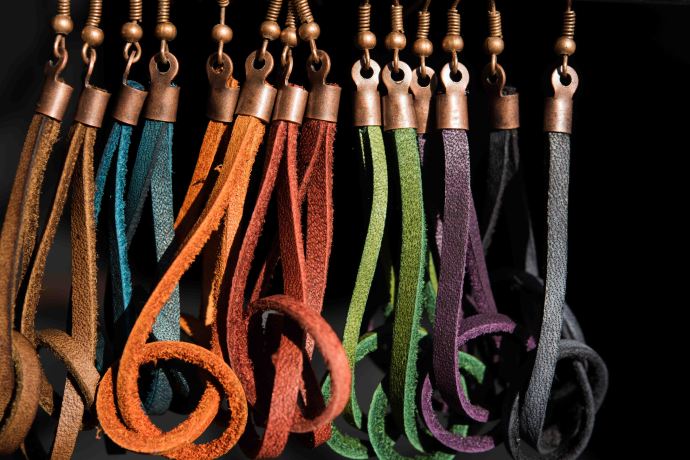
The goats and turkeys are Alena’s favorite White Oak Pastures farm animals. The goats are “silly and cute” and the turkeys are “super sweet and really intelligent birds”.
Customers often come in to our General Store and see Alena working in the leather shop. However, they do not automatically assume that the leather she’s crafting comes from our own cattle. Alena sees this as a symptom of our consumer society’s isolation from the product supply chain. She feels our leather department plays an important role in helping consumers reevaluate how they see the product supply chain. Alena feels strongly that a zero-waste approach to farming is important for the future of sustainable farms and how they think of revenue.
